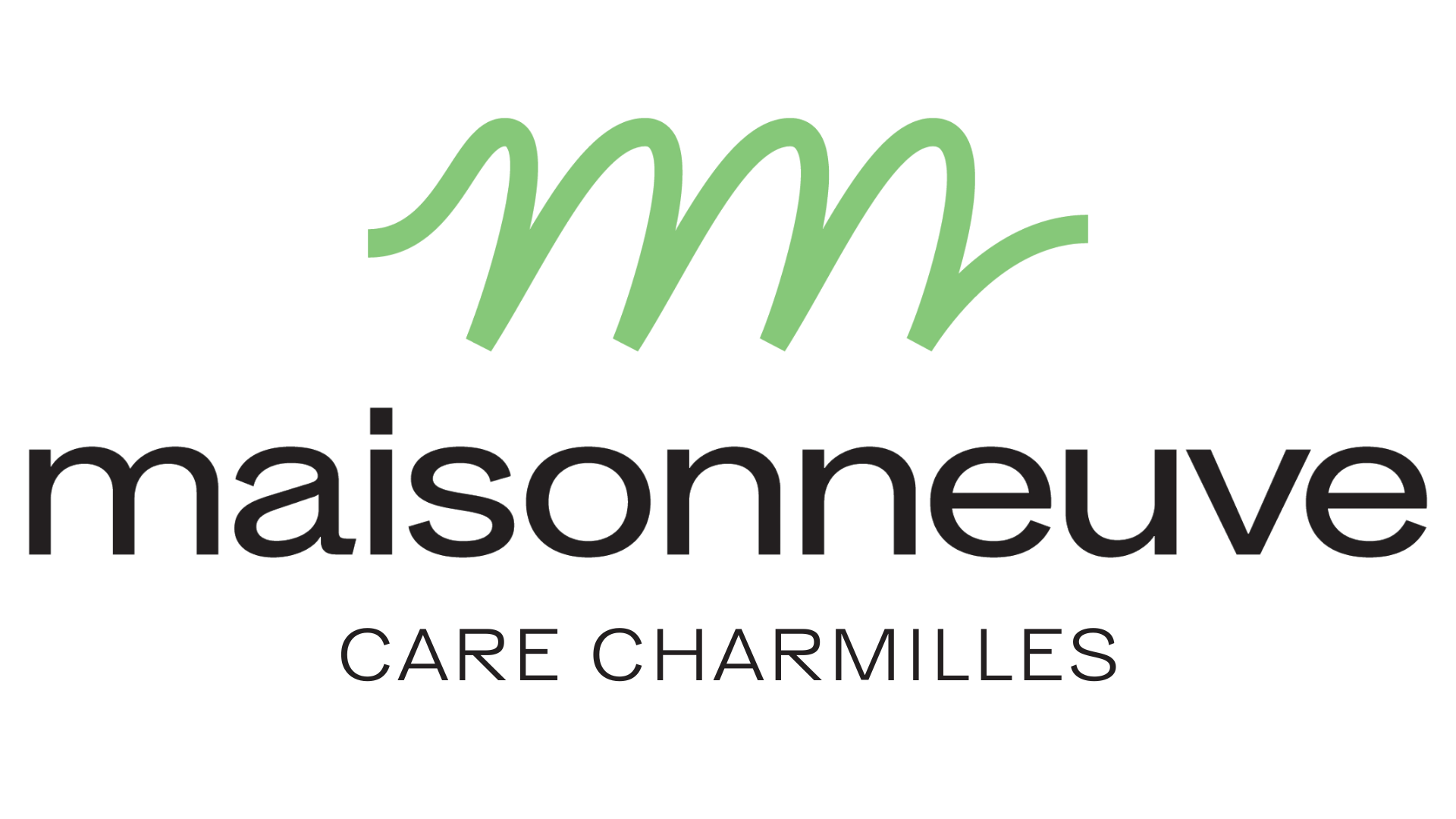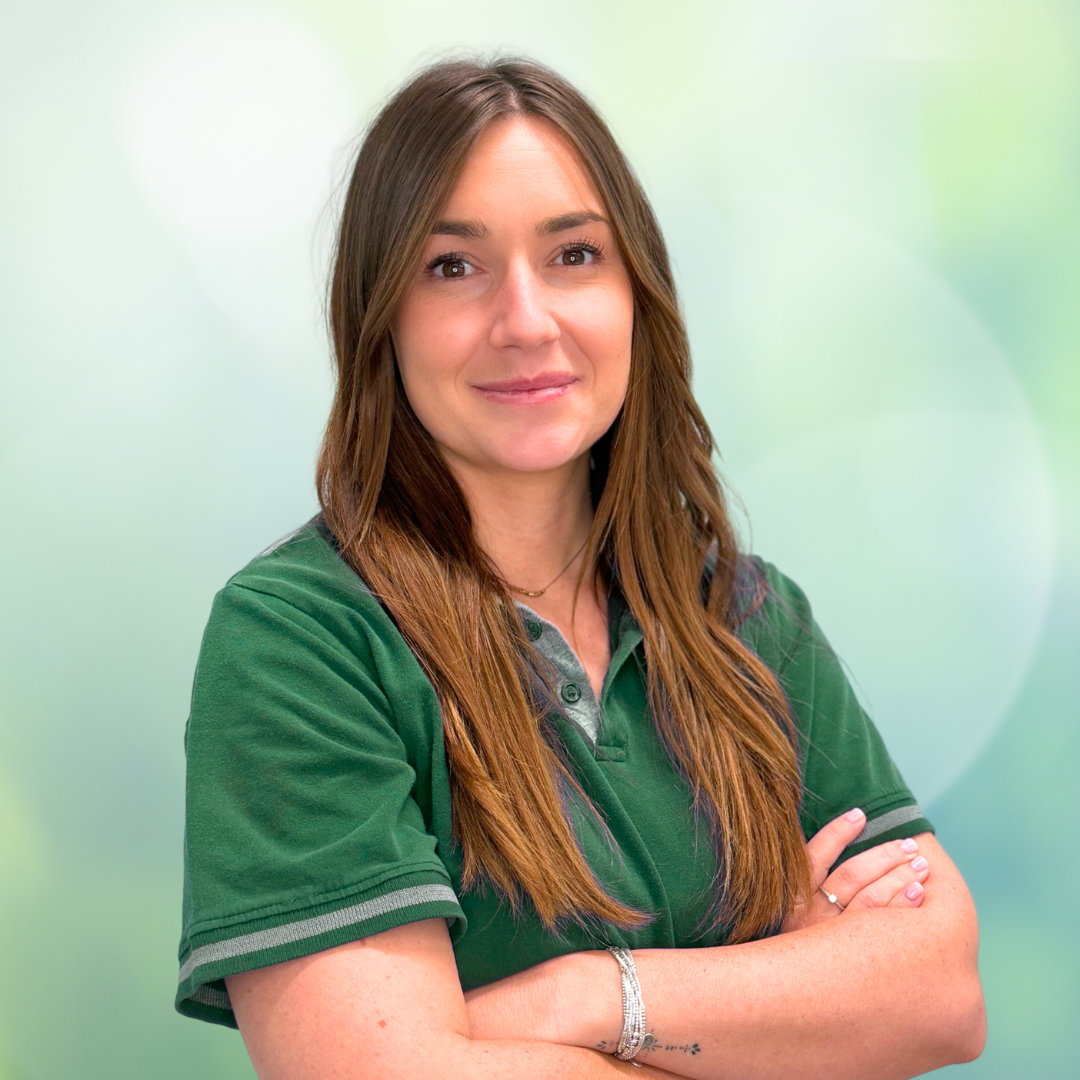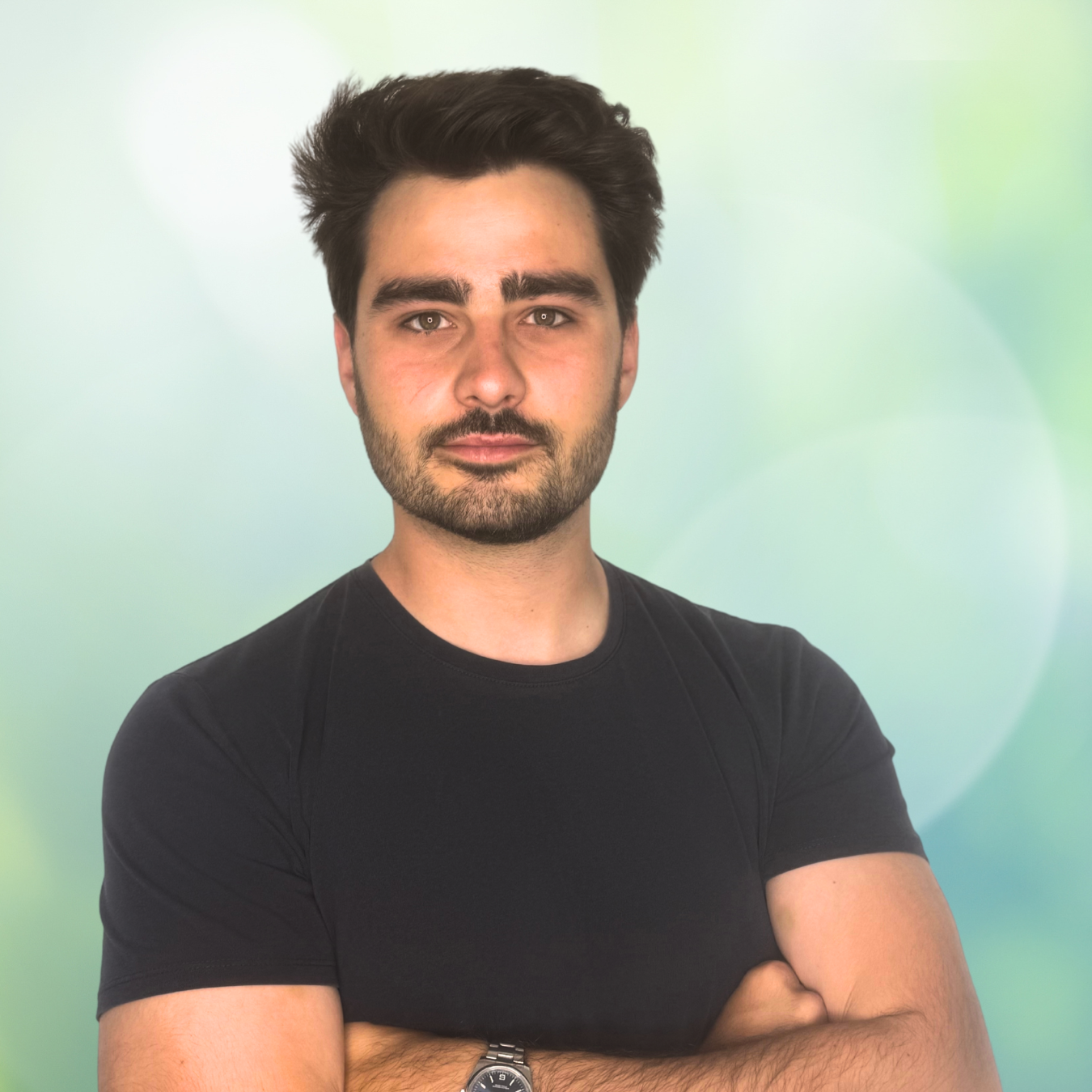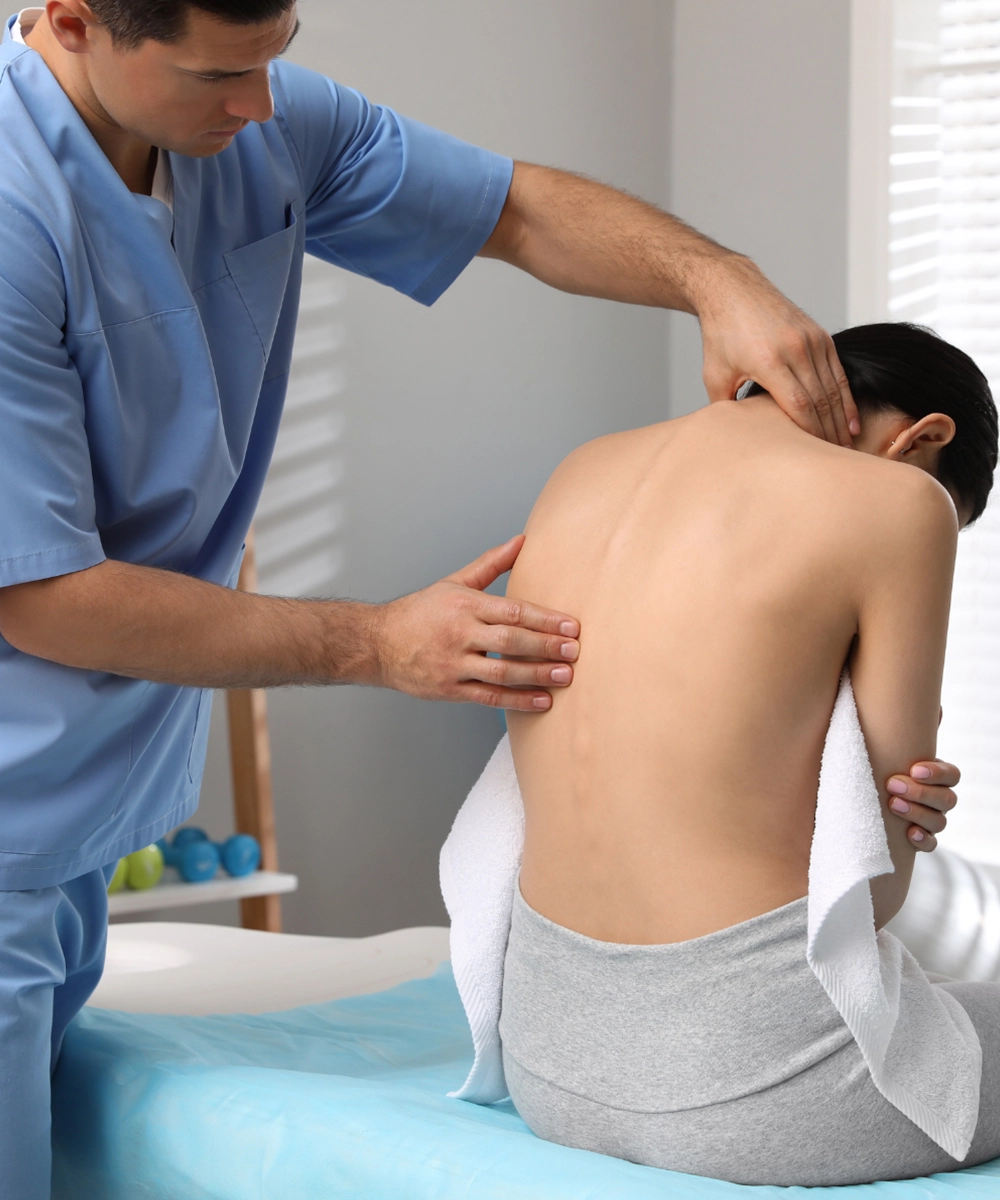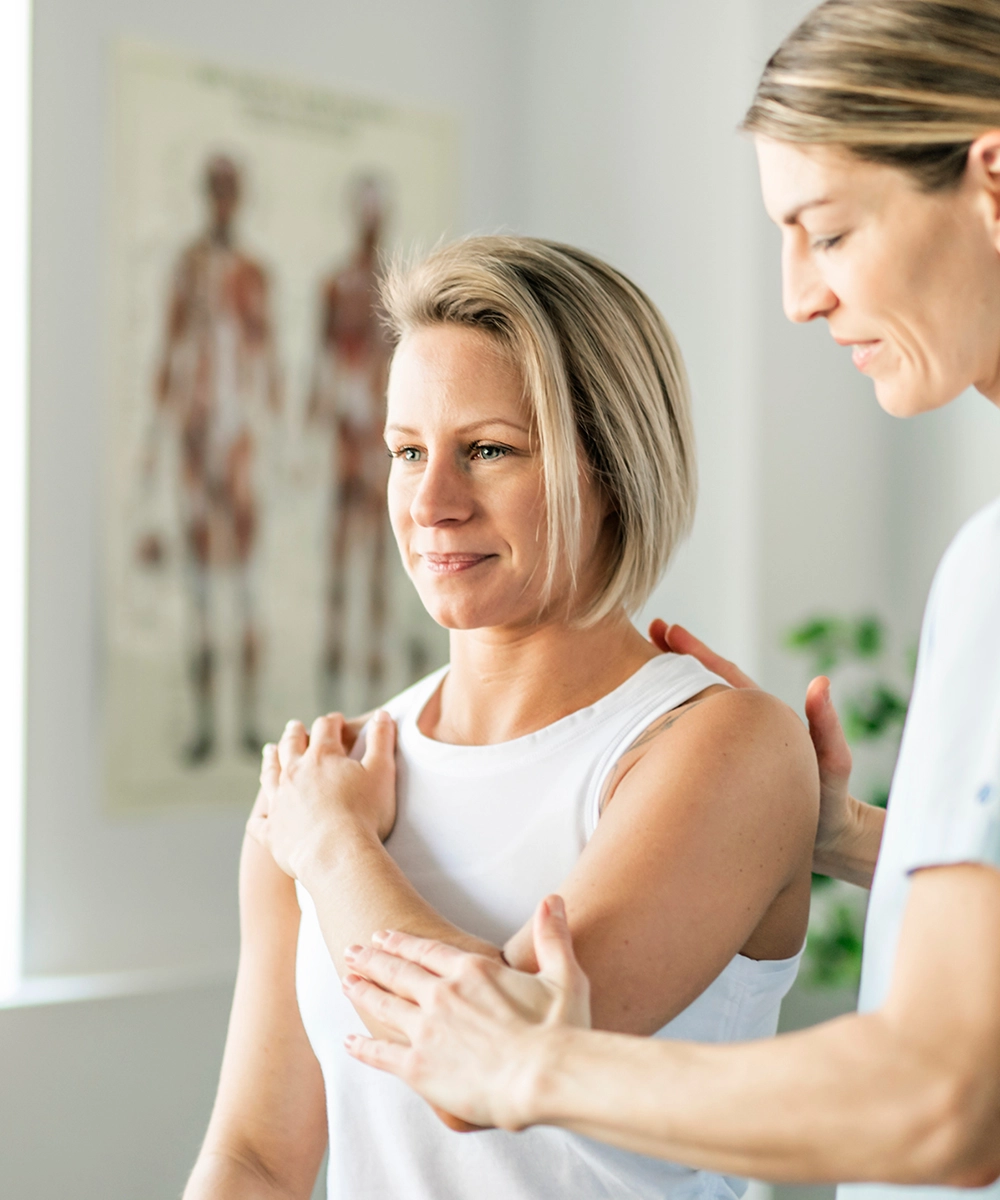Scoliosis: spinal deformity

What are the main symptoms of scoliosis?
In children, idiopathic scoliosis is asymptomatic during growth and usually painless. On the other hand, asymmetries may be present, raising the suspicion of scoliosis:
- the child seems to lean to one side
- one shoulder is higher than the other
- one shoulder blade sticks out more than the other
- asymmetrical waist folds (one side deeper, the other flatter)
In adults, the symptoms of scoliosis are :
- progressive deformations
- aches and pains
- balance disorders
- in some cases, cardiorespiratory problems
What is scoliosis?
Scoliosis usually begins during growth. In scientific terms, it's a three-dimensional deformity of the spine with a Cobb angle greater than 10°.
The most common types of scoliosis are adolescent idiopathic scoliosis and adult degenerative scoliosis. In most cases, the cause of the scoliosis is unknown, and is referred to as idiopathic scoliosis. In other cases, scoliosis is malformative or neurological in origin.
Diagnostic criteria are established by careful clinical examination and radiographic assessment.
Low-grade scoliosis (with a Cobb angle between 10° and 20°) is treated with specific exercises. Moderate-grade scoliosis (with a Cobb angle between 20° and 45°) is treated with a corset and physiotherapy. Severe scoliosis (with a Cobb angle in excess of 45°) requires surgical advice.
How is scoliosis treated at CARE Charmilles?
At CARE Charmilles, the management of adolescent and adult scoliosis is based on the consensus of the International Scientific Society on Scoliosis Orthopaedic and Rehabilitation Treatment (SOSORT). This recommends the use of PSSE exercises.
Physiotherapeutic Scoliosis-specific Exercises (PSSEs) are recommended as the first stage of treatment for low-grade scoliosis to prevent progression of the curve.
If a corset has to be worn, the exercises help prepare it for fitting and maintain muscle function.
When surgery is required, stabilization, mobilization and cardiovascular exercises are recommended.
Preventing scoliosis
Idiopathic scoliosis requires early detection to prevent worsening of the deformity through appropriate treatment.
In children, it's important to be vigilant, as scoliosis usually evolves without pain.
Scoliosis is better treated when detected early!
A consultation with a pediatrician, orthopedist or sports physician will help you diagnose scoliosis at an early stage.
If in doubt, talk to our specialist physiotherapist, who will be able to advise you and refer you to a specialist doctor.

A few exercises to relieve you
Exercises for the correction and stabilization of scoliosis are specific to each patient and are defined by the physiotherapist's assessment.
It is recommended that all patients, children and adults alike, take part in regular physical activity and stretch well, at least 2 times a week. In the case of severe scoliosis, the physiotherapist will advise you on the type of sport to practise.
Good muscle tone and motor skills are essential for postural maintenance.
